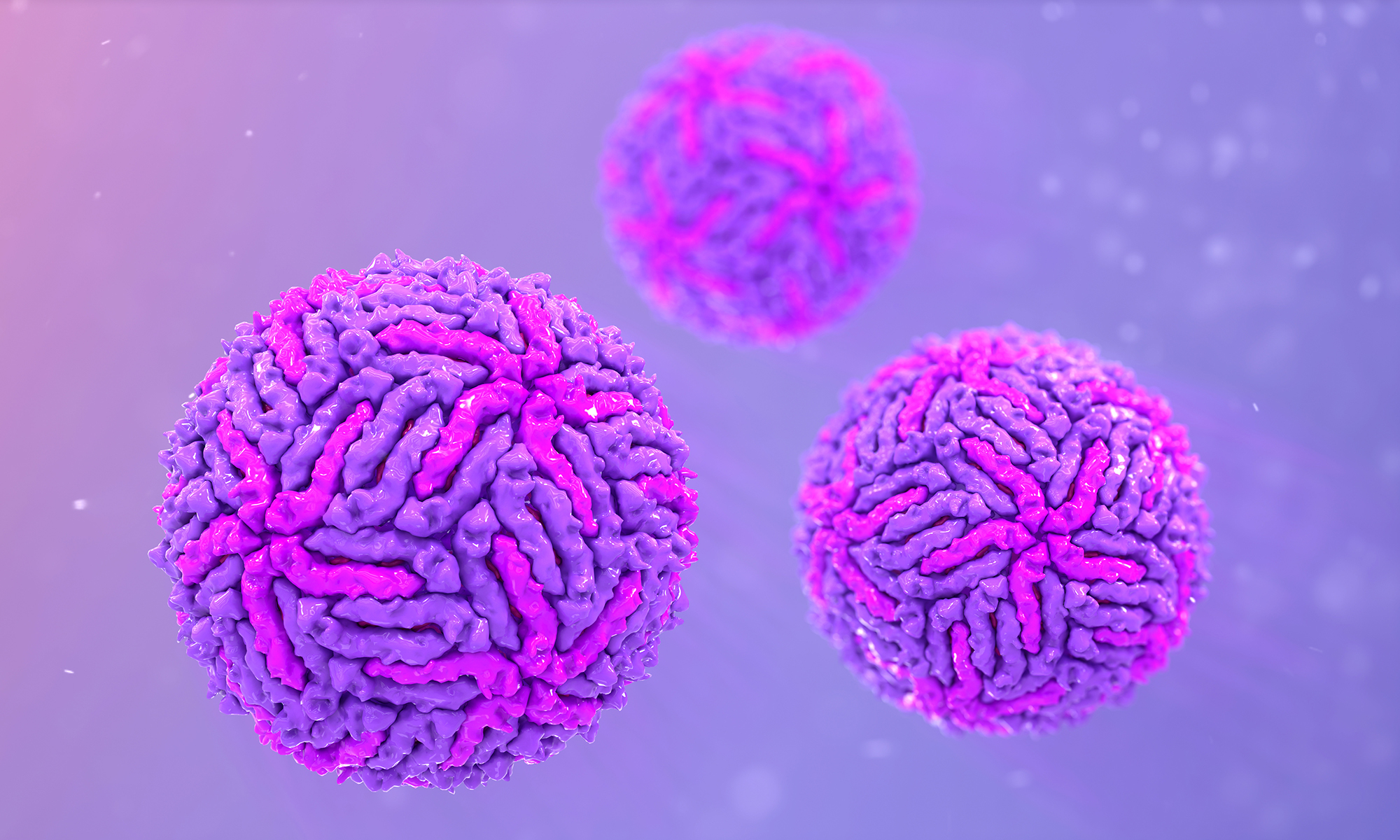UF’s Emerging Pathogens Institute (EPI) is on the front lines of defense against Zika, which has traveled through Central America into the United States, with the first Florida cases in July 2016.
EPI researchers include UF biology professor Derek Cummings, who with research assistant Kyra Grantz collaborated on an international project studying the genetics of the Zika virus, and geography professor Sadie Ryan, who studies the ecology of the mosquitoes that transmit Zika. Following is a shortlist of what we know about Zika, with crucial input from EPI.
- Zika is not a new species, but it is new to the Americas and is becoming endemic to Central and South America. Its origins are in the Zika forest of Uganda.
- Zika is a flavivirus, related to dengue and West Nile. Flaviviruses are typically spread through a vector, i.e. an uninfected species that transmits the virus from one host to another, usually mosquitoes, ticks, or other blood-sucking arthropods.
- Flaviviruses may make infected people more susceptible to other flaviviruses or worsen their symptoms and side effects.
- Flaviviruses often cause brain and nerve complications. Zika shows few symptoms in the infected, but raises the risk for Guillian-Barre syndrome, a neurological disease, by 10 times.
- Pregnant women infected with Zika may pass it on to their fetuses, causing microcephaly at a risk rate of 20 to 30 percent. Microcephaly is the only birth defect caused by a mosquito-borne disease and is characterized by an undersized brain, usually accompanied by poor motor function and speech, seizures, and intellectual disability. There is no cure.
- Only one in five infected people will experience symptoms, which may include rash, joint pain and body ache, headache, conjunctivitis and eye pain, vomiting, and mild fever. People with these symptoms who have recently traveled to Central and South America or have been in intimate contact with someone who has should seek medical assistance.
- Zika may be spread among humans through sexual contact, and it can survive in semen for six months. Both strains of Zika may spread among non-human primates and may be passed from non-human primates to humans. There is no evidence that other animal groups (e.g. cats and dogs) may pass Zika to humans.
- Urbanization and globalization are major factors in pandemics, as mosquito breeding grounds multiply and people travel over greater distances. Removal of standing water, wearing of protective clothing, and regular use of insect repellant are the best methods of personal protection.
- Zika is spread by females of two species of mosquitoes:
- Aedes aegypti and Aedes albopictus. A. aegypti is the primary vector and easily breeds in water-storage containers of any kind.
- As of press time, there are 3,951 travel-related cases in US; in Florida, 708 travel-related cases and 139 locally acquired cases.
